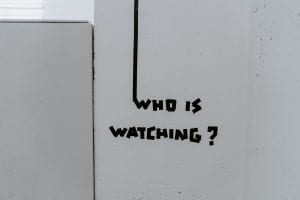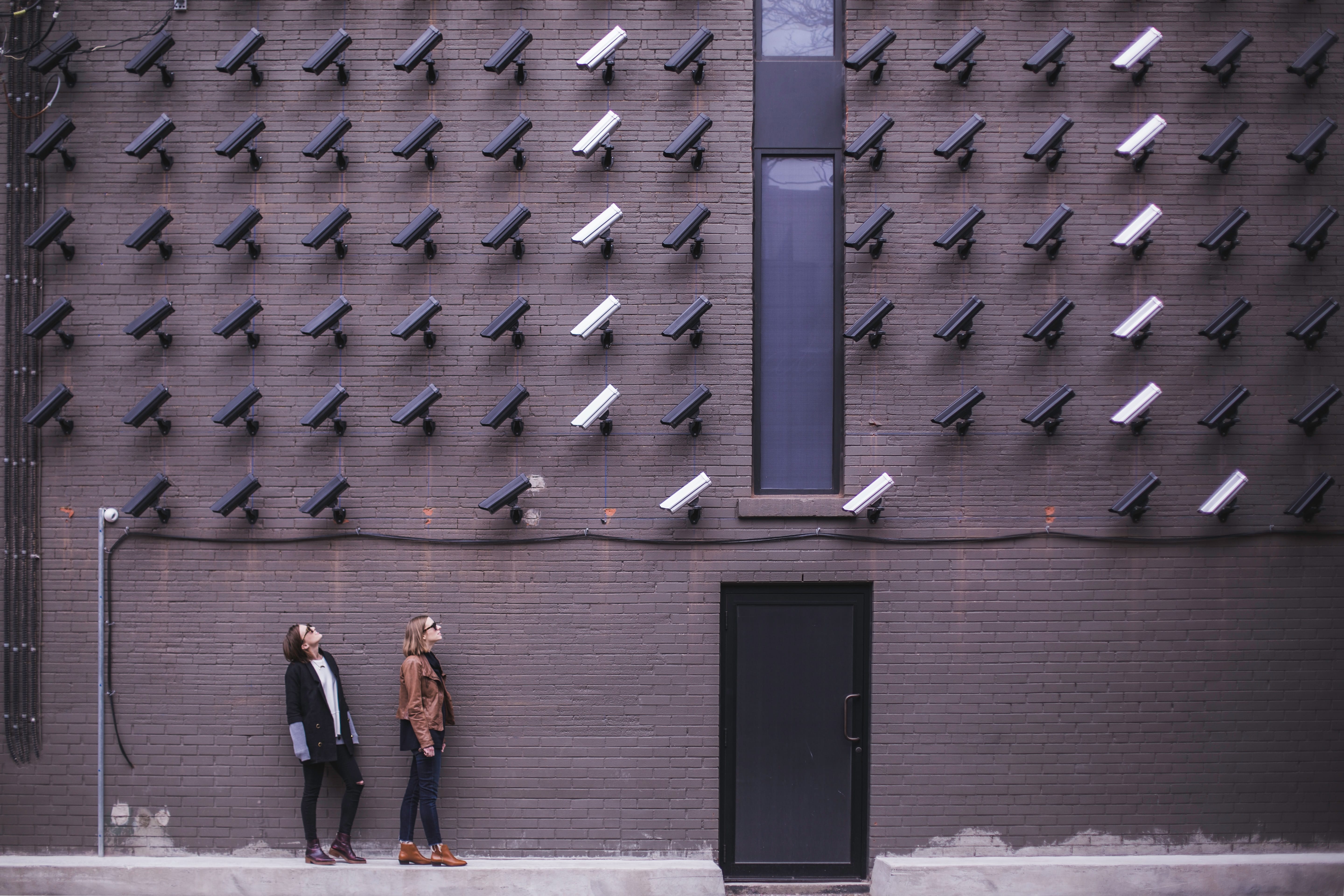Developments and enhancements in FRT are made on a day-to-day basis and it is easy to note the increase in its accuracy.
With the remarkable rate at which technology is growing, evolving and developing, society, more so the law enforcement sector, is pugnacious or contentious on how to keep pace with these day-to-day developments. This article seeks to discuss how law enforcement agencies use facial recognition technology to improve surveillance and fight crime.
How it works
Facial recognition tech builds a model of the facial image of the target. After, it compares this model to pictures of pre-existing photos of the face which are known. These known images can be found in various places such as social media accounts, driver’s license databases, or government ID records.
With the use of a software application, facial recognition technology can create a template through the analysis of human face images to verify or affirm the identity of a person. It is a potential and useful tool in combating crime as it identifies criminals in different scenarios – spotting wanted criminals in a crowd, locating terrorists as they go in a particular country, and pinpointing felons who are captured on CCTV surveillance.
Measuring the face
FRT (Facial Recognition Technology) creates its templates or models through the use of measurements. Particular features such as the nose width, distance between the eyes, and the jawline length are used to measure the face. It then measures and translates the nodal points (the facial landmarks) into a model with an exclusive code.
With the emergence of new technologies, there is development in recognition rates, for instance, 3-D and biometric facial recognition. After analyzing the face in question, the software compares the target face template with known pictures in a database to get a possible face match.
Social media and technology companies
These companies have their FRT software which they use for photo-tagging. This is a system where images are associated in an automatic manner with a known person. Platforms such as Facebook use facial recognition software to identify people in the photographs they upload. Students writing essays on many different topics, even about real-time facial recognition. A lot of essay samples on many different topics you can find at the Essay Zoo. It is one of the best technology companies where you can get any paper sample just in a moment.
General surveillance

Law enforcement agencies use FRT for various investigative uses such as general surveillance. However, it produces a mixture of results. Big events such as the Super Bowl use FRT to identify and spot potential criminals in the event as well as terrorists. Some police departments also use FRT to monitor protests whenever there are riots or unrest. This helps them to apprehend and arrest protestors who have outstanding warrants.
Targeted photo comparisons
Another investigative use of FRT in combating crime is that it is effective in identifying numerous fraud suspects, for instance, identification fraud or driver’s license fraud. Moreover, airports are utilizing FRT to assist airlines in capturing criminals. They do so by letting the commuters board planes on the basis of the pictorial images they take rather than their boarding passes. They then compare these photos to the previous photos in passports and visas in their file storage.
Active criminal case investigations
FRT is also beneficial in active criminal investigations. With its facial recognition research software, it has been able to establish the plausible or apparent cause of apprehension and arrest of assailants who are responsible for most of the video fights that are posted on YouTube, identity theft, and passport fraud cases.
Law enforcement agencies also rely on FRT software to capture bombing suspects. Moreover, they use this software to capture criminals who have an association with a shooting. With the help of CCTV surveillance, they compare the images of their targets by searching for similar characteristics that help narrow down the search.
Trial evidence
The uses and reliability of FRT are increasing and growing at a remarkable rate. And soon, prosecutors will opt to present the technology into evidence or proof in court. It will either be as identification evidence or to inaugurate the probable cause of a crime. When this time comes, the prosecutors will have to establish the scientific reliability of the algorithms of FRT before the court gets to accept their evidence.
Future use
Developments and enhancements in FRT are made on a day-to-day basis and it is easy to note the increase in its accuracy. So, there is a presumption or belief that law enforcement agencies will choose to use FRT for real-time scrutiny or investigation of faces and instantaneous identification. Furthermore, experts from the perfect essays service believe that real-time facial recognition is a future of modern crimefighting.
In conclusion, technology is growing and improving at a tremendous pace. This makes several members of the public, more so the law enforcement industry, struggle to be at par with these day-to-day advancements. This field strives to use real-time facial recognition to combat crime. And with the help of FRT software, they can create a face security group which they can use to identify and locate criminals who have had records before as well as terrorists.


Join the conversation!